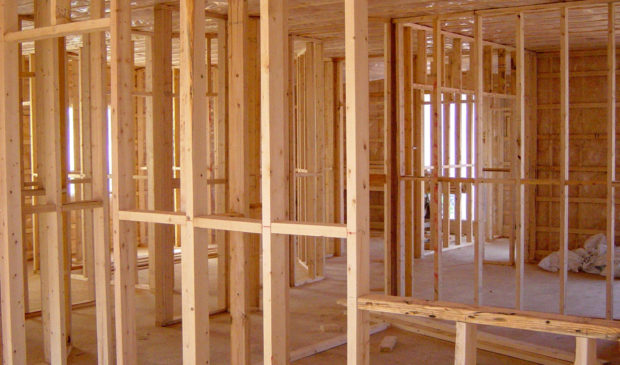Real estate leaders put affordable housing bond under the lights
Wednesday, October 26, 2022 by
Chad Swiatecki In summarizing the city’s many efforts and successes to preserve and create more affordable housing, Rosie Truelove offered a simple summary of what’s going on in one of the hottest real estate markets in the country.
Speaking at last week’s Urban Land Institute Austin breakfast panel that looked at the $350 million affordable housing proposal on the Nov. 8 ballot, the director of the city’s Housing and Planning Department described a never-ending game of catch-up.
“We are making progress toward meeting our 10-year goals, but production of new affordable housing units is lagging,” Truelove said. “We are making progress but need to make more progress.”
As one of three panelists discussing the city’s acute need for more affordable housing stock as well as more housing in general, Truelove reviewed the mixed progress in meeting the goals of the Strategic Housing Blueprint that called for adding 60,000 affordable housing units over 10 years. Successes include adding significant amounts of new housing near new transit corridors, and building income-restricted housing in many high-opportunity areas, but the price tag for solving the city’s affordability crunch remains substantial.
“This document establishes a clear time frame of 10 years and establishes clear goals and ways to track progress, and highlights the need to build partnerships and identify needed resources and funding mechanisms to get the work done,” she said. “When we did this in 2016 if we could ‘poof’ ourselves into a situation where we had covered and cleared all of our affordable housing needs, it was an $11 billion need back in 2016, so you can imagine what that would be now.”
The new housing bond would refresh the coffers for projects led by affordability-focused groups such as HousingWorks. With the $250 million for affordability from the 2018 bond election nearly exhausted, panelist John-Michael Cortez said voters need to recommit to affordable housing while pressuring City Council to move forward with much-needed planning and building code changes.
“We’ve done the easy things exceptionally well. We’ve done the not-so-easy to moderately difficult things pretty well. But we’ve really punted on the hard things … the big disruptions to the status quo that are actually going to give us a chance to achieve these goals and the outcomes that we’ve set for ourselves in the Strategic Housing Blueprint and Imagine Austin,” he said.
“We need to follow through with the comprehensive rewrite of our Land Development Code. There’s been some action over the past couple of years and policy changes and ordinances that were baked into the comprehensive rewrite. But my sense is we’re not going to get to action that’s going to meaningfully move the needle on affordable housing unless there’s some very significant changes in a number of areas.”
Erica Leak, an officer in Housing and Planning, said one upcoming policy change Council will consider covers how to enact equitable transit-oriented developments, with affordability one of the main considerations. That draft plan is expected in the coming weeks, with adoption by Council slated for December.
“If there are a high number of people at risk for displacement we’ll need to use one set of policy tools there. If we’re in another area where you don’t have as much displacement risk but (it) also doesn’t have much housing or business around it, then there might need to be different changes in those areas,” she said.
In discussing initiatives that would be funded by the housing bond – including repair programs for income-restricted properties, and rental housing development assistance for affordable projects – Truelove said the money that can be used to acquire property throughout the city to dedicate to affordable housing will be one of the most effective uses.
“If you look at a map of where the properties are that are affordable, you’re going to see a huge concentration over in the Eastern Crescent. That’s where land has traditionally been more affordable and that leads to the ability to do housing that’s more affordable. If we can go out and buy property all across Austin, then that ensures we have income-restricted units all across Austin.”
The Austin Monitor’s work is made possible by donations from the community. Though our reporting covers donors from time to time, we are careful to keep business and editorial efforts separate while maintaining transparency. A complete list of donors is available here, and our code of ethics is explained here.
You're a community leader
And we’re honored you look to us for serious, in-depth news. You know a strong community needs local and dedicated watchdog reporting. We’re here for you and that won’t change. Now will you take the powerful next step and support our nonprofit news organization?








